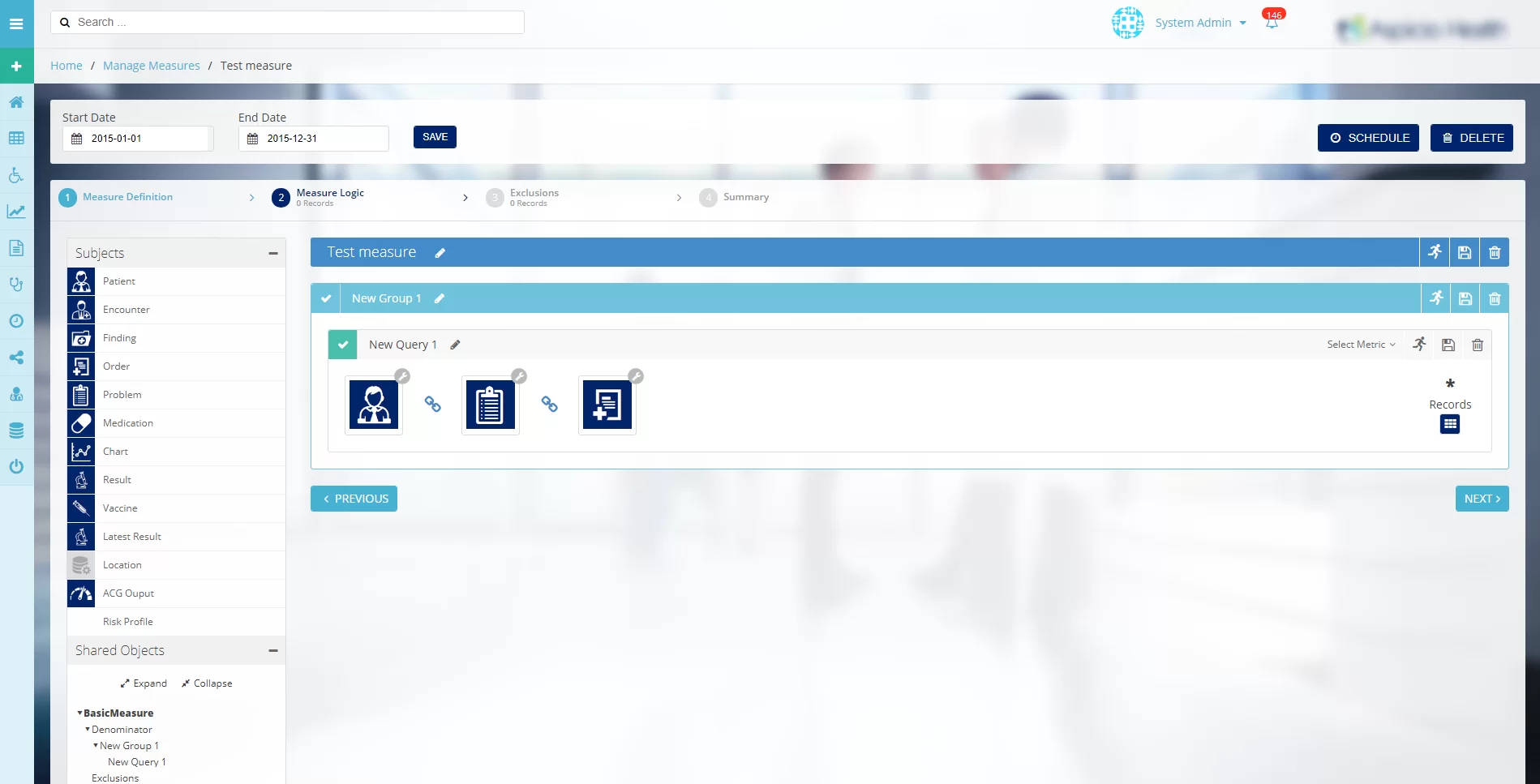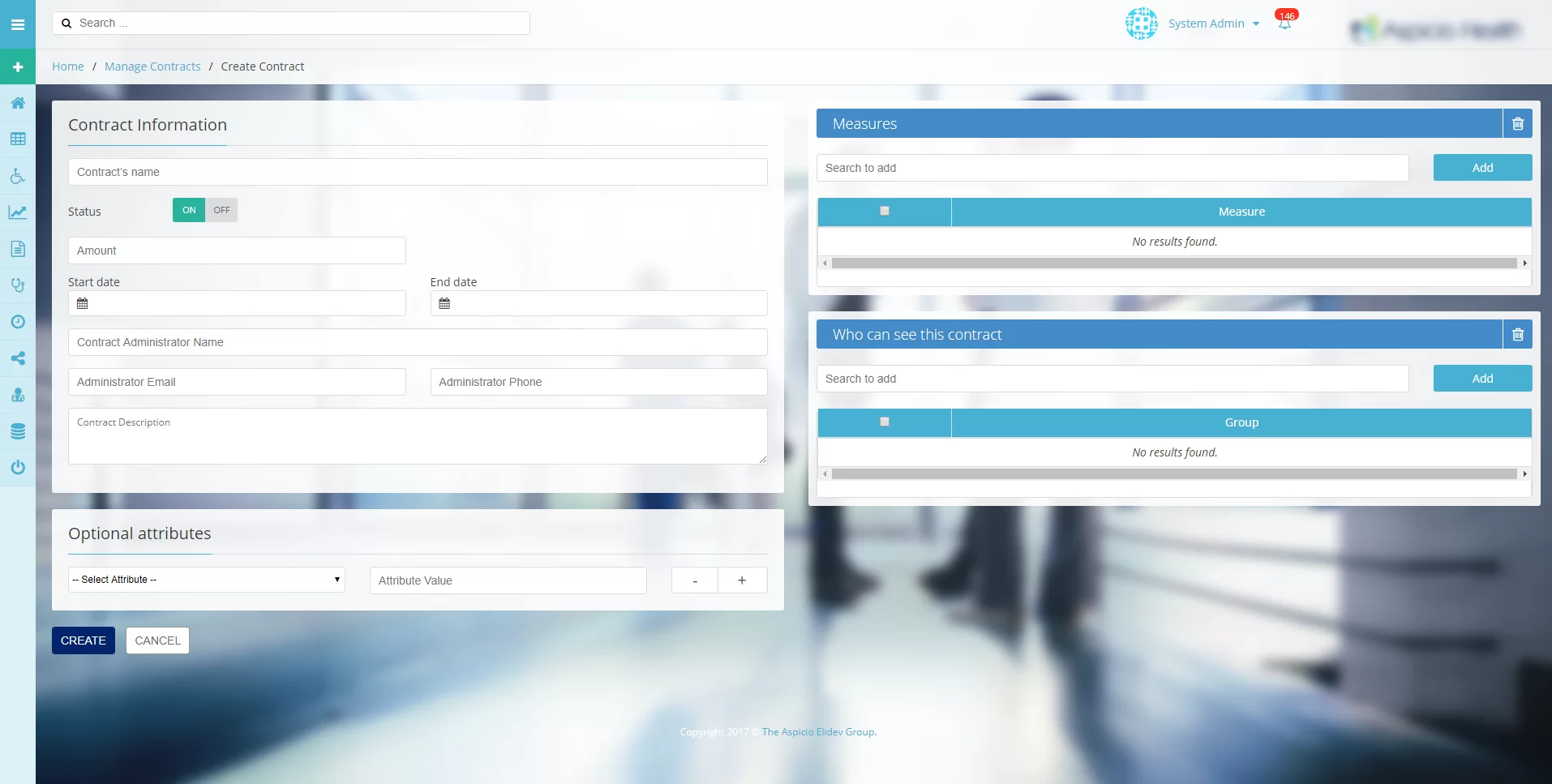Inside the Innovation Hub: How R&D Transforms Enterprise Technology

Summary
- The Innovation Hub approach applies continuous R&D, exploring technologies like AI, IoT, blockchain, cloud-native architectures, and sustainable IT practices to develop adaptable software solutions across industries.
- A practical example is the modernization of the Measure Management & Administration (MMA) System for US clinics, improving UI, reporting, compliance, and workflows, reducing administrative workload, and creating reusable tools for other clients and sectors.
Innovation is often portrayed as a single breakthrough - a new product launch, a bold idea, a disruptive moment.
But for most businesses, real progress comes from something far less dramatic: continuous improvement.
The companies that succeed long term are the ones that make innovation part of their everyday work, weaving it into culture and process. Let’s take a close look.
Continuous R&D in Action: Modernizing the MMA System
Unlike one-off initiatives focused only on existing systems, the Innovation Hub is a continuous R&D framework. It is not tied to a single client project or a specific outcome; instead, it operates as an ongoing framework where emerging technologies are researched, tested, and adapted into real-world solutions.
This approach allows Elinext to experiment with fields like AI, IoT, blockchain, cloud-native architectures, and sustainable IT practices, and then translate those breakthroughs into software innovations across multiple industries, helping partners and clients stay prepared for rapid changes in technology.
One of the standout results from this continuous tech-R&D mindset is the Measure Management & Administration (MMA) System for US clinics. This project had been started by others, but Elinext stepped in, modernized key points (from outdated UI to data handling), and re-imagined how reporting, compliance, and quality measures could be done in a way that saves time and reduces friction.
Healthcare Analytics Tool Interface in Use
Instead of letting users handle overly complex query logic, the MMA solution introduced a drag-and-drop measure builder, simplified denominator/numerator logic, and dashboards that make sense without needing to be a data scientist.

It integrates smoothly with existing EMR systems, supports scheduling of performance reports (daily, monthly, yearly), and maintains strong HIPAA/security compliance.
The results showed clear improvements:
-
Clinics no longer need to wrestle with manual, error-prone queries.
-
Reporting time was reduced as the measure scheduler handles repetitive tasks.
-
Administrators and health providers benefited from improved visibility into how they’re performing, supporting timely decisions.
-
Overall, the modernization helped clinics stay compliant, lighten administrative workload, and respond more quickly to quality measure requirements.
What makes this project notable is how the learnings (UI simplification, modular architecture, building tools for non-experts) are feeding into their broader Innovation Hub strategy.
These innovations aren’t confined to one client, but they inform part of a reusable toolkit that Elinext can adapt for other clinics, health networks, or even different verticals.
Final Thoughts
In short, it's a strategy of rethinking how healthcare organizations can use data and tools to stay aligned with requirement changes, maintain compliance, and make technology more accessible, adaptable, and user-friendly, ultimately easing the workload of professionals in their daily operations.
Related Questions & Answers
How much time can clinics save using the modernized MMA System?
How does the Innovation Hub impact adoption across multiple clients?
What are the benefits of continuous R&D for healthcare software?
What percentage of processes can be automated through the upgraded system?
